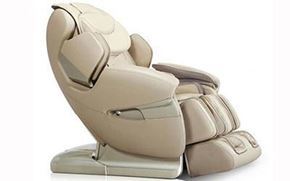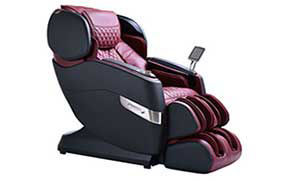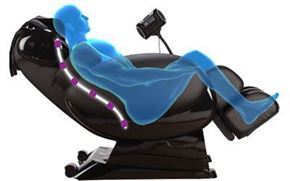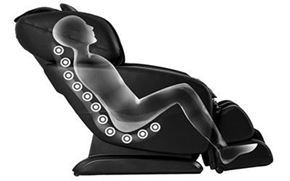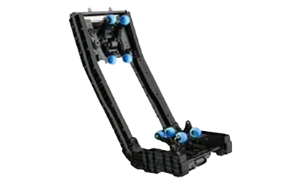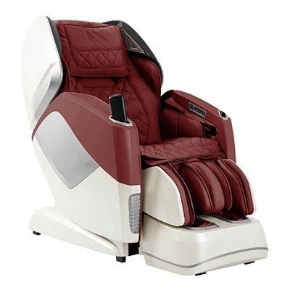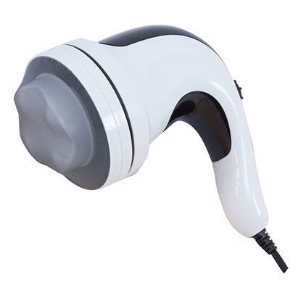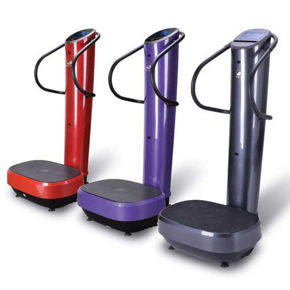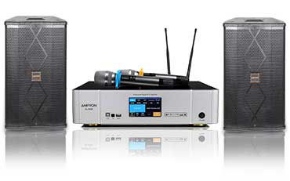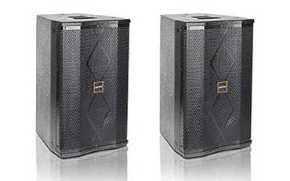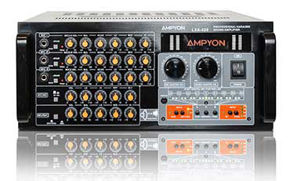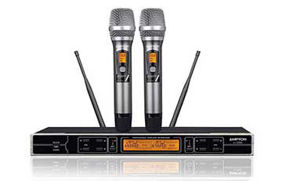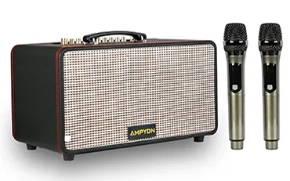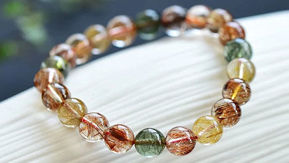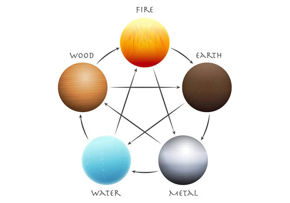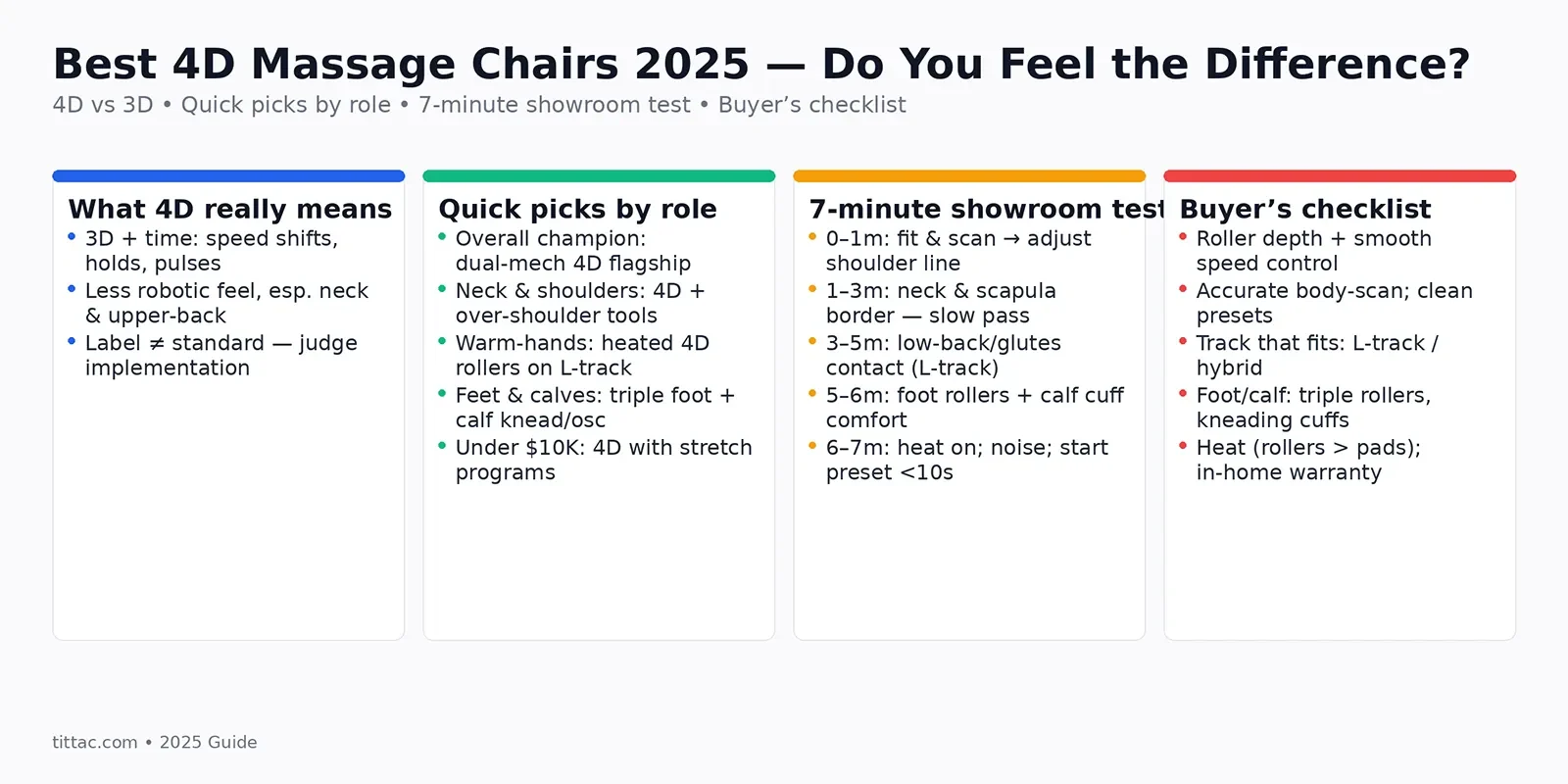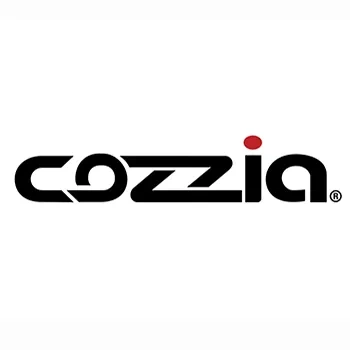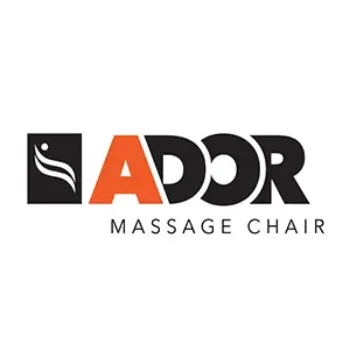Estimated reading time: 12–15 minutes • 2025 buyer’s guide with a practical showroom test plan
Table of Contents
TL;DR – Quick Picks & Roles
Short answer: yes, most people do feel a difference with 4D—when roller programming, body‑scanning, and track design are well executed. The “4D” badge alone isn’t magic; the best chairs pair variable‑speed rollers with smart choreography, precise scans, confident lower‑leg work, and calm ergonomics.
- Overall Champion: a dual‑mechanism 4D flagship with excellent presets and dependable body‑scan. Ideal for mixed households and daily use.
- Neck & Shoulders Specialist: 4D back roller + targeted shoulder/upper‑trap tools; great if screens are your life.
- “Warm‑Hands” Feel: 4D heated rollers on a long L‑track; glides like hot stone work.
- Feet & Calves First: 4D back with triple foot rollers + calf kneading/oscillation; saves tired legs after long days standing.
- Japanese Precision: quiet, surgical pacing with fast micro‑adjustments to muscle tension.
- Under $10K Shortlist: value 4D models with solid programs and stretch options.
- Proven Classic: a widely‑stocked 4D with heated back roller, deep‑calf kneading, and voice control.
What “4D” Really Means (vs 2D/3D)
In massage chairs, dimensions describe how the back rollers move:
- 2D: up/down + side/side.
- 3D: 2D + depth (in/out pressure).
- 4D: 3D + time‑based control—micro‑pauses, surges, and speed changes layered into the roller path.
That time dimension is what makes patterns feel human: a slight slowing before a knot, a deliberate hold on the scapula border, a quick pulse along the paraspinals. Note that 4D isn’t a strict standard—brands interpret it differently—so implementation quality matters more than the label.
Will You Actually Feel the Difference?
Most shoppers report the biggest changes in the upper back and neck. With 4D, kneading can switch tempo mid‑stroke, tapping can swell and fade, and shiatsu points can “breathe” on and off a trigger area. The result is a session that feels less robotic and more like hands.
However, the “4D effect” shrinks if the chair is weak elsewhere. You’ll notice 4D more when it rides on:
- A long L‑track (or hybrid flex track) that keeps consistent contact from neck to glutes.
- A reliable body‑scan that maps your shoulders precisely.
- Lower‑leg excellence—triple foot rollers, calf kneading/oscillation, and adjustable air intensity.
- Heat where it counts (lumbar or, better, in the roller itself).
Two chairs can both say “4D” yet feel nothing alike. Treat the badge as a starting filter, then audition.
How to Evaluate a 4D Chair (2025 Criteria)
- Roller amplitude & control: Can you go from barely‑there to deep tissue without “jolts”? Do slow strokes stay smooth at low speed?
- Speed resolution (the “4th dimension”): How many tempo steps are there? Do holds/pulses feel intentional or random?
- Body‑scan accuracy: Does the scan consistently find your shoulders, or do you keep nudging the rollers up/down?
- Track design & stretch choreography: L‑track coverage to glutes; S‑track stretch articulation; hybrids that try to do both.
- Lower‑leg system: Triple foot rollers beat single; calf kneading > static squeeze; adjustable intensity is a must.
- Heat: Heated rollers feel most human. Lumbar and calf heat pads are still valuable for comfort.
- Programs you’ll actually use: Clean presets, voice control, and a simple remote/app; favorite program in <10 seconds.
- Noise & build: Smooth gear sound, quiet airbags, tidy stitching; test in a quiet shop if possible.
- Fit & logistics: User height/weight range, door clearance, wall‑hugger depth, and delivery path (stairs?).
- Support: Parts & labor coverage, in‑home service availability, and local dealer help when things squeak.
Top 4D Massage Chairs 2025 (By Use‑Case)
Note: Names vary by region and yearly refresh. Treat these as roles to audition; ask your retailer which models in stock match the role.
Overall Champion — Dual‑Mech 4D Flagship
Why it stands out: Two back mechanisms (a primary 4D and a secondary 3D) can work different zones so your mid‑back isn’t idle while glutes get attention. Add an SL‑track (or flex hybrid), responsive scans, and calm heat, and you get a “this is different” feeling from the first demo.
- For you if: multiple users at home, mixed preferences, want a wide intensity range and slick presets.
- Watch for: footprint and door width; these flagships are large and heavy.
Neck & Shoulders Specialist — 4D + Targeted Shoulder Tools
Why it stands out: Beyond a 4D back roller, look for over‑the‑shoulder nodes or “shawl” features that knead upper traps and the base of the neck—common blind spots in many chairs. A “dome” or canopy can add immersion for screen‑tension relief.
- For you if: desk‑bound, frequent tension headaches, tight cervical base.
- Watch for: whether you like the enclosed feel and the pressure on bony shoulders—try multiple sessions.
“Warm‑Hands” Roller Feel — Heated 4D Rollers on an L‑Track
Why it stands out: Heat emanating from the roller (not just a lumbar pad) gives a hot‑stone glide along the spine and across the scapula border. On a long L‑track, it’s especially convincing in the mid‑back and glutes.
- For you if: evening unwind sessions, sensitive backs that prefer soothing warmth to brute force.
- Watch for: top intensity may be gentler than “deep‑tissue monsters”—decide what your body prefers.
Feet & Calves First — Triple Rollers + Calf Kneading/Oscillation
Why it stands out: If you stand all day or run, a chair with serious foot/calf engineering changes your nightly routine. Triple foot rollers, kneading calf cuffs, and oscillation make lower‑leg sessions feel like their own treatment.
- For you if: retail, healthcare, hospitality shifts; runners; anyone whose legs hurt more than their back.
- Watch for: ensure the calf width fits you; some cuffs are narrow on muscular legs.
Japanese Precision — Quiet 4D with Micro‑Adjustments
Why it stands out: These chairs are tuned for fluid pacing and subtle pressure changes that track muscle tension in near real time. If you value “therapist‑like” rhythm over brute force, this lane shines.
- For you if: you want a chair that “just gets it right” without lots of remote fiddling.
- Watch for: distribution can be narrower; confirm service coverage in your area.
Under $10K Shortlist — Value 4D with Stretch
Why it stands out: These models undercut flagship prices while still delivering 4D motion, useful stretch programs (near‑flat or inversion), solid foot rollers, and dependable scans.
- For you if: you want the 4D feel without going deep into five figures.
- Watch for: tracks may favor stretch (S‑track) over glute coverage (L‑track)—audition both styles.
Proven Classic — Heated Back Roller + Deep‑Calf Kneading
Why it stands out: A mature, widely stocked 4D model with a heated back roller, confident calf kneading, wall‑hugger recline, and voice control. Because it’s common in showrooms, you can usually test fit and intensity before buying.
- For you if: you want a well‑rounded, dependable chair at the center of your nightly wind‑down.
- Watch for: door clearance (31–32″ is a common requirement) and user weight limits (~260–300 lb depending on brand).
7‑Minute Showroom Test Plan
Bring comfortable clothes and a shortlist. Then:
- 00:00–01:00 | Fit & scan: Sit tall, head back. Let the chair run its body‑scan. After the first minute, ask the associate to adjust the shoulder line if needed.
- 01:00–02:00 | Neck pass: Choose a preset that includes neck focus. Ask yourself: does it find the base of your skull? Can you slow the pass without it getting “choppy”?
- 02:00–03:00 | Scapula border: Slide a little left/right. Do the rollers “breathe” around the medial border (that pleasant slow‑hold sensation)?
- 03:00–04:00 | Low‑back & glutes: On L‑tracks, check if contact stays consistent into the glutes. If it loses contact, you may be too tall for this model.
- 04:00–05:00 | Feet & calves: Turn foot rollers on low, then medium. Toggle calf kneading. Any sharpness on the arch? Does the calf cuff squeeze evenly?
- 05:00–06:00 | Heat & noise: Turn heat on. If available, test heated rollers. Listen for pump hiss or gear whine—on a quiet evening at home, you’ll notice them.
- 06:00–07:00 | Control sanity: Can you start your favorite preset in <10 seconds? Try voice control if offered. A fiddly UI is the #1 reason people stop using great hardware.
Pro tip: Do a second pass later in the day when you’re naturally more fatigued. Good chairs feel even better when you’re tight; mediocre ones feel busy and tiring.
Fit, Logistics & Ownership Checklist
- Doorways & path: Measure the narrowest point from curb to room (many large chairs want 31–32″). Ask about split‑frame delivery if your path is tight.
- Body range: Check height and weight specs for each model. If you’re >6′3″ or >260 lb, verify shoulder reach and seat width in person.
- Wall clearance: Wall‑hugger designs can recline near a wall; ideal for apartments and tight dens.
- Noise & heat: If you plan to watch TV while using the chair, test the loudest program next to a low‑volume show.
- Service & warranty: Confirm in‑home labor and parts coverage, and whether your dealer handles claims or you go through the manufacturer.
- Daily usability: Save two “favorite” presets to the top of the list; place the remote where the cord won’t snag; set a 20‑minute daily reminder so the chair becomes a habit.
FAQs
What’s the biggest difference from 3D to 4D?
Rhythm. 4D layers timing and speed into depth changes, so kneading and tapping feel less mechanical—especially around the neck and scapulae.
Is 4D always worth the premium?
If you mainly want gentle relaxation and excellent lower‑leg work, a well‑tuned 3D chair can beat a mediocre 4D. But the best 4D implementations are hard to “unfeel” once you’ve tried them.
S‑Track vs L‑Track vs hybrid—how should I choose?
- S‑Track: better stretch articulation and upper‑back contouring.
- L‑Track: adds glute coverage and more consistent low‑back contact.
- Hybrid/Flex: aims to give you L‑coverage with improved stretch choreography; audition both styles.
How important are heated rollers?
Heated rollers create a warm, “hand‑like” glide that many users love. Lumbar or calf pads still help, but don’t replicate the same sensation.
Do AI scans matter?
What matters is repeatable accuracy. Some chairs brand their scans as AI; others don’t. If the chair consistently lands on your shoulders and avoids bone, that’s the win—label aside.
How long should sessions be?
Start with 10–15 minutes. If you wake up sore the next day, decrease intensity rather than time. Most households settle into 15–25‑minute evening sessions.
Final Word
If you’re shopping in 2025, 4D is worth seeking out—but only when the chair backs it up with smart programs, accurate body‑scanning, track design that fits your body, and lower‑leg excellence. Start by auditioning one chair from each “role” above and pay attention to your trouble spots: neck base, scapula border, lumbar curve, calves and arches. That’s where the best 4D chairs earn their keep day after day.

